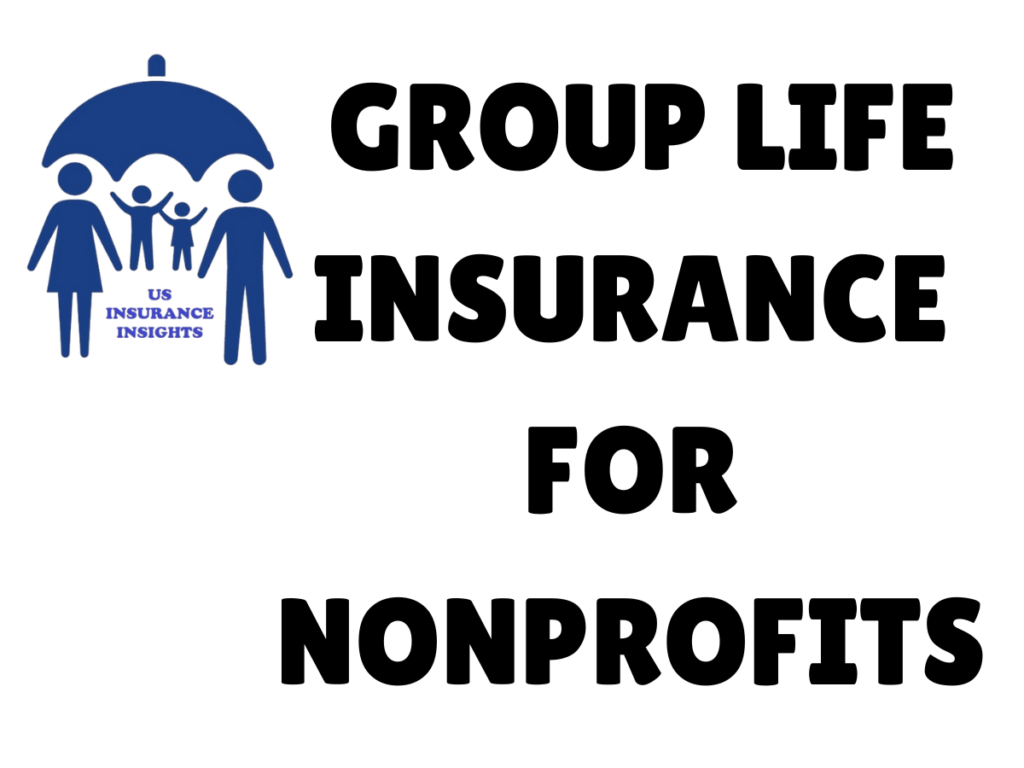Nonprofits are successful because of passion, dedication and teamwork. Looking after your team’s well-being matters just as much as what you do in your business. Purchasing Group life insurance for nonprofits for employees in a group setting benefits your workers and improves your organization’s attractiveness. We can explore both the reasons for this benefit and techniques for using it.
What is meant by Group Life Insurance for Nonprofits?
Group life insurance offers everyone in a group life insurance policy equal life insurance protection. Rather than offering individual coverage, nonprofits can buy group insurance for all members and likely pay less money for it. If a person covered by the plan dies, beneficiaries can use the death benefit to manage their expenses and get support during a tough period.
A lot of nonprofits face money problems, yet giving employees life insurance can help them get and maintain the best workers. Employees are more motivated and proud of their work once they know their families are protected.
Introduces ways nonprofits benefit from offering group life insurance to their members.
1. Improves the employee benefits program.
Today, when employees look for good benefits, group life insurance can help your nonprofit stand out. Since several for-profit companies provide similar plans, nonprofits need to be competitive to attract and retain top talent.
2. Providing Cheaper Insurance for Employees
As a group life insurance plan covers several people, it is usually less expensive than buying the same coverage for each individual. Negotiating better deals makes nonprofits a good choice for organizations trying to manage their finances.
3. Increases how long employees stay and how happy they are working.
Feeling valued and safe in their benefits helps employees stay connected to their job. Having group life insurance for nonprofits confirms to your employees that you value them for more than their work.
4. Tax savings for the Organization
People in charge of nonprofit organizations may be able to enjoy tax benefits when handling group life insurance policies. Many business owners find that some premiums, when deductible, can cut their overall expenses as well as provide necessary protection.
Steps for Organizing Group Life Insurance for Your Nonprofit
Begin by looking at what your organization needs.
Keep in mind the budget, the number of people you hire and their expectations. There are policies that have just bare-bones life insurance, yet others add on protection in case of accidental death or if you become unable to work.
At this step, you choose which provider to go with.
Review several insurers to find the one that fits your organization’s purposes and budget.
Step 4: Choose How Much Coverage to Have
Group life insurance for nonprofits some policies pay benefits based on how much an employee earns each year (e.g., one or two times the salary). Others pick a fixed amount of investment (e.g., $50,000 per employee). See what works the best with your group.
People in step 4 should highlight the benefits to employees.
Group Life Insurance for Non-Profits After everything is set, ensure employees fully understand how the coverage works. Arrange meetings, provide materials with information and encourage staff to ask anything about the policy.
Keep the plan active and change it as the project develops.
Yearly,Group life insurance for nonprofits make sure your insurance plan is still proper for your organization. Accurately document employee records and make changes when your nonprofit progresses.
Myths Closely Associated with Group Life Insurance for Nonprofits
Many think #1: It costs too much.
Several nonprofits think life insurance is not affordable for them. Group insurance is normally more affordable than getting a health plan on your own.
Many think that only large Nonprofits are qualified for grants.
Some insurance plans allow small teams to sign up for Group life insurance for nonprofits. Several providers have plans that work for companies with a small number of workers.
The third myth is that employees don’t require upskilling.
Group life insurance for nonprofits some predict employees will look for life insurance on their own, but that’s actually not something younger staff tend to do. Guaranteeing that they are protected is possible with a group policy.
In Conclusion: Helping Your Team Move Forward
Offering group life insurance to your nonprofit means your team members’ health and your future will be protected. When you add this benefit, your staff feels supported, want to stay and know how much you care about them. Explore the different options today and make your nonprofit safer and stronger.


1 thought on “Secure Your Team: Group Life Insurance for Nonprofits”